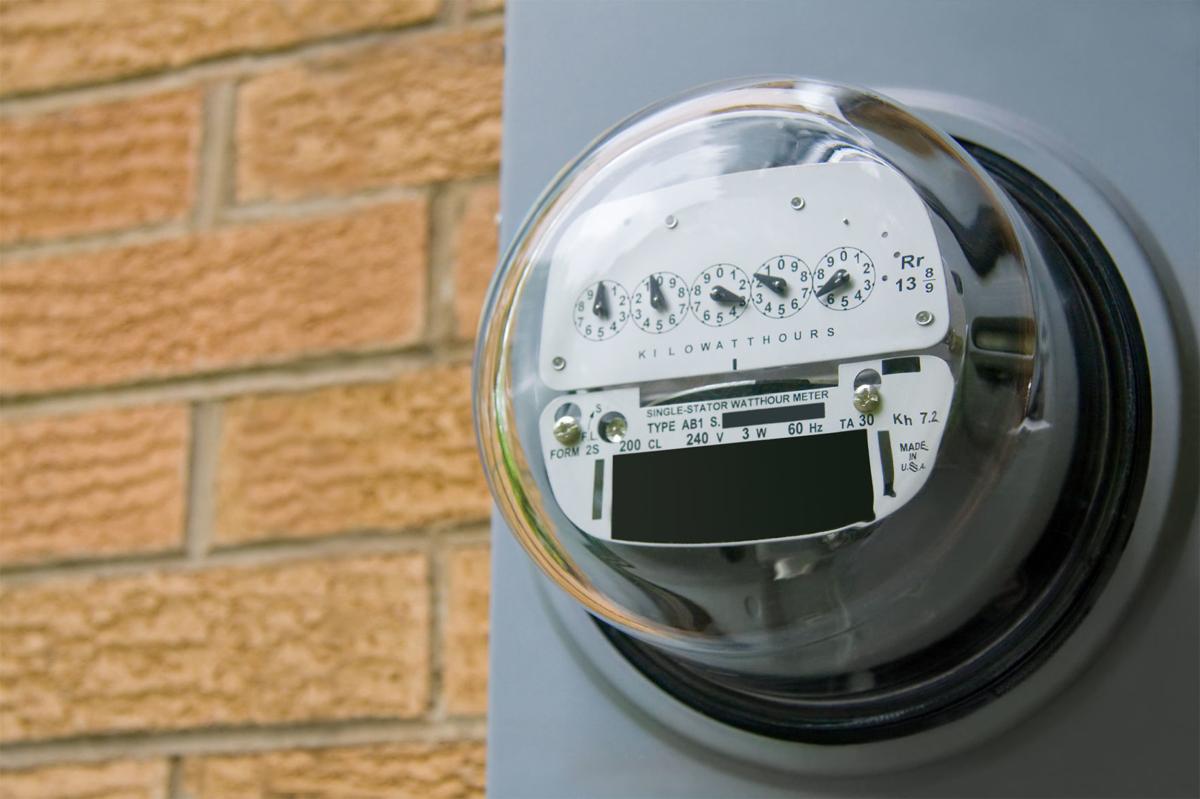Question: I am worried about my summer bills with everyone home and the increased demand of energy on my home. What can I do to save money?
Answer: The first action item is to determine which energy plan you are now on. This will tell you how you are buying your energy. Are you purchasing and using your energy all at one rate or are you shifting your usage to off-peak when energy is less expensive?
Here’s a guide to utility plans (go to TEP.com for pricing and details):
- The basic plan: Energy is purchased at a flat rate. Rates differ seasonally and there is an extra charge for over a certain amount.
- Time of use: This plan offers two prices for energy. One price for hours considered on-peak, when energy demand is high, and a lesser price during off-peak, when electricity is less in demand.
- Peak demand: This plan has a demand charge. Rosie refers to this charge as a cover charge given that it has a one-time monthly fee to be able to use the plan. Your price per kWh is lower than the other two plans but, there is a price to pay for the use of this plan. There is a monthly charge calculated by multiplying your set demand rate by the highest hour of usage during on-peak hours. The key to this plan is spreading out your household demand load.
- Demand time of use: The kWh’s in this rate are the lowest and the set demand rate is highest with the most potential for saving. Energy management is the name of the game.
Q: What are the pros and cons of each type of plan?
A: Let’s look:
Basic plan is good for those who don’t want to change their lifestyle and for that they are willing to pay a flat fee. The potential for saving money by shifting energy to off-peak hours is not an option. The only way to save money on this plan is to use less energy. This is a good plan for those who are in a small apartment or home, are part-time residents, and for those who don’t have the flexibility to shift energy use to off- peak hours.
With a time of use plan, you have the option of shifting your usage to off-peak times. The kWh’s for this plan are less expensive than the basic plan and there is no penalty if you use electricity in the on-peak times. Your bill will just be higher. Homeowners save money by shifting many activities that require a lot of electricity to the off-peak hours. To save money on air conditioning, the thermostat will need to be turned up during on-peak hours
With peak demand, if you have a big spike in electricity during an on-peak activity, the demand fee will increase proportionately. If you have the flexibility to spread out your energy demand by running things at night, the fees will be manageable.
Electricity is the cheapest with the time of use demand plan but, electricity consumption must be managed. Rosie says not to let this plan scare you away just because of the demand charge. If you and your household are willing to manage your demand load and time of use, there is the biggest potential for saving money. A programmable thermostat is a must on this plan.
Q: How different is life on a demand plan?
A: The bulk of electric use in the home must be consumed during off peak. The top energy hogs in your home that will need to be managed are the A/C unit, pool pump, washer and dryer and water heater. Most of these are easy to use off peak. Dinner hours fall in the on-peak time and heating the house with heavy cooking can drive up the need for more A/C, and your bill. Save heavy cooking for off-peak hours and try the grill, microwave, cooktop and crockpot.
Q: What are some other ways I can save on my bill?
A: There are a lot of ideas out there on how to save money on your electric bill. One of the best things you can do after choosing a utility plan that works for you, is to make sure the home is as efficient as it can be.
Keep cool air from escaping by caulking electrical outlets.
Ventilate your attic with passive ridge and gable vents (not powered ventilation.)
Install sunscreens on windows and shade your home with trees and awnings.
Take care of your A/C with yearly checkups. Change the filters once a month with 1-inch pleated filters.
Install sufficient attic insulation (R-40 is optimum).
Repair loose weather stripping around doors and windows.
Find more resources at rosieonthehouse.com.





